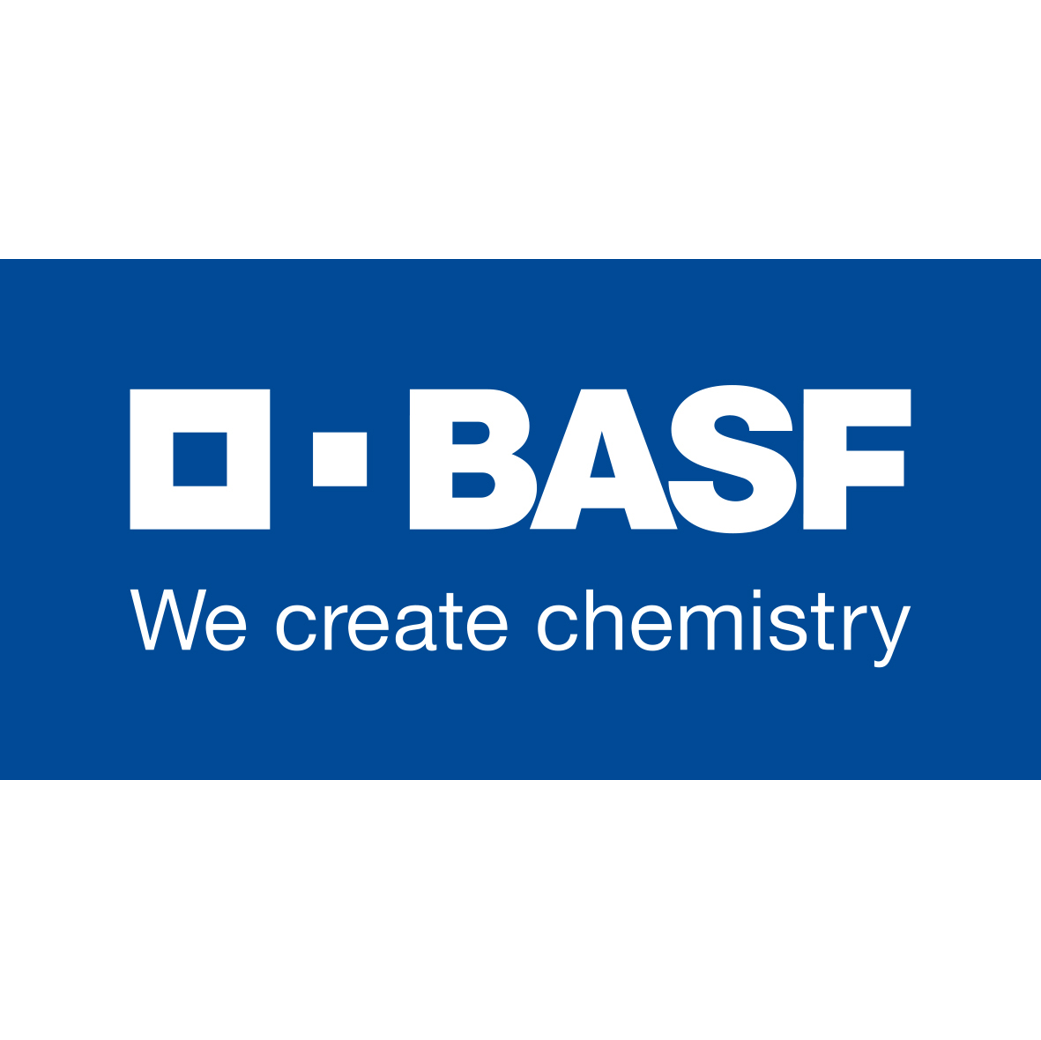Lilial®
Synthétique
Floral > Light Flowers > Aldehydic > Aquatic > Fresh Flowers

Crédits photo: ScenTree SAS
Other names :
Lysmeral® ; Lilialdéhyde ; Lilestralis® ; Lilyall® ; 3-(4-tert-butylphenyl)butanal ; Aldehyde MBDC ; 2-(4-tert-butyl benzyl) propionaldehyde ; Butyl phenyl methyl propional ; Para-tert-butyl-alpha-methyl hydrocinnamaldehyde ; Para-tert-butyl-alpha-methyl hydrocinnamic aldehyde ; 3-(4-tert-butylphenyl)butanal ; Butylphenylmethylpropional ; Liligul N 743 CLP ; Lilyall ; Mefloral ; Alpha-methyl-beta-(para-tert-butylphenyl)propionaldehyde
Volatility :
Heart/Base
Uses in perfumery :
Lilial® is used in all types of perfumes to give heart to a jasmine, freesia, cyclamen, lotus, lily of the valley or lilac accord.
Natural availability :
Lilial® is not available in its natural state.
Year of discovery :
Discovered in 1956.
Patent N°2,875,131 published in June, 11 1956 by Carpenter.M, Nutley, Easter W.Jr, Hasbrouck Heights for Givaudan Corporation
Other comments :
Very close to Lyral®. Lilial® is more stable than Cyclamen Aldehyde, for a similar synthetic route.
Lilial® is one of the 26 allergens in perfumery.
Lilial® is one of the 26 allergens in perfumery.
Price Range :
€€
Stability :
Very unstable in various functional bases.
Aldehydes may form diethylacetals in alcoholic perfumes, with no real impact on their smell.
Most of the time, the occurrence of a benzenic cycle in a molecule causes a coloration of this molecule through time.
Aldehydes may form diethylacetals in alcoholic perfumes, with no real impact on their smell.
Most of the time, the occurrence of a benzenic cycle in a molecule causes a coloration of this molecule through time.

Crédits photo: ScenTree SAS
- Molecular formula :
- C14H20O
- Molecular Weight :
- 204,31 g/mol
- Density :
- 0,939
- Flash Point :
- 79°C
- Fusion Point :
- -20°C
- Appearance :
- Colorless liquid
- Log P :
- 4,2
- Boiling Point :
- 279°C
- Detection Threshold :
- 0,27 ng/L air
Synthesis route :
Lilial® is prepared in the same way as Cyclamen Aldehyde : a condensation of tert-butylbenzaldehyde (unlike isopropylbenzaldehyde) with propanal, followed by a catalytic hydrogenation of the compound obtained, allows to obtain Lilial®. Another synthetic route exists and consists in a catalytic hydrogenation of alpha-MethylCinnamaldehyde to obtain alpha-methyldihydroCinnamyl Alcohol. Following this first step, an alkylation using tert-butyl chloride or isobutene is operated to obtain a third reaction intermediate, then dehydrogenated to obtain Lilial®.
Synthesis precursor :
Lilial® forms a Schiff base with amines such as Methyl Anthranilate or Indole.
Isomerism :
Lilial® has an asymmetric carbon, giving rise to two possible enantiomers. These two isomers have a similar smell close to lily of the valley.
- EINECS number :
- 201-289-8
- FEMA number :
- Donnée indisponible.
- JECFA number :
- Donnée indisponible.
- FLAVIS number :
- Donnée indisponible.
- Allergens :
- Lilial® may provoke an allergic reaction on skin contact (redness, heat, scraching, prickling) for some people.
- IFRA :
- This ingredient is restricted by IFRA
- Restriction type :
- RESTRICTION_PROHIBITION
- Cause of restriction :
- DERMAL SENSITIZATION AND SYSTEMIC TOXICITY
- Amendment :
- 49
- Comments :
- p-tert-Butyl-α-methylhydrocinnamic aldehyde (p-BMHCA) should not be used for any finished product application included under IFRA Categories 1 and 6 (lipsticks and oral care products). This ingredient is part of the Schiff base (Lysmeral-methyl anthranilate (or Verdantiol) - N°CAS : 91-51-0) and induces the application of IFRA regulations for 60,6% of the Schiff base usage. Please also refer to the IFRA Annex II for more information
- Quantitative limit on the use :
-
Cat.1 Cat.2 Cat.3 Cat.4 Cat.5A Cat.5B Cat.5C Cat.5D Cat.6 Prohibited 0,09 % 0,04 % 1,4 % 0,06 % 0,05 % 0,05 % 0,017 % Prohibited Cat.7A Cat.7B Cat.8 Cat.9 Cat.10A Cat.10B Cat.11A Cat.11B Cat.12 0,04 % 0,04 % 0,017 % 0,1 % 0,1 % 0,63 % 0,017 % 0,017 % 16 % - Restriction type :
- RESTRICTION QRA
- Cause of restriction :
- DERMAL SENSITIZATION
- Amendment :
- 47
- Comments :
- p-tert-Butyl-α-methylhydrocinnamic aldehyde (p-BMHCA) should not be used for any finished product application included under IFRA Categories 1 and 6 (lipsticks and oral care products). This ingredient is part of the Schiff base (Lysmeral-methyl anthranilate (or Verdantiol) - N°CAS : 91-51-0) and induces the application of IFRA regulations for 60,6% of the Schiff base usage. Please also refer to the IFRA Annex II for more information
- Quantitative usage limits :
-
Cat.1 Cat.2 Cat.3 Cat.4 Cat.5 Cat.6 Cat.7 Cat.8 Cat.9 Cat.10 Cat.11 0,12 % 0,15 % 0,62 % 1,86 % 0,98 % 2,97 % 0,31 % 2 % 5 % 2,5 % Not Restricted
To learn more about IFRA's standards : https://ifrafragrance.org/safe-use/library
ScenTree is solely responsible for the information provided here.


